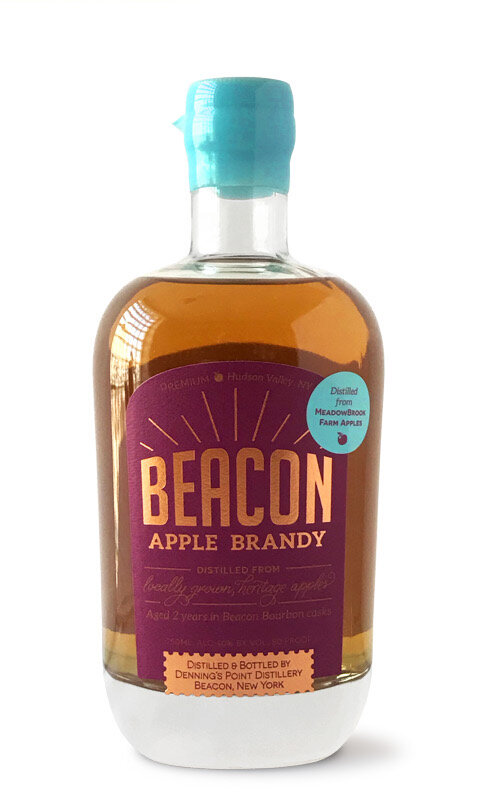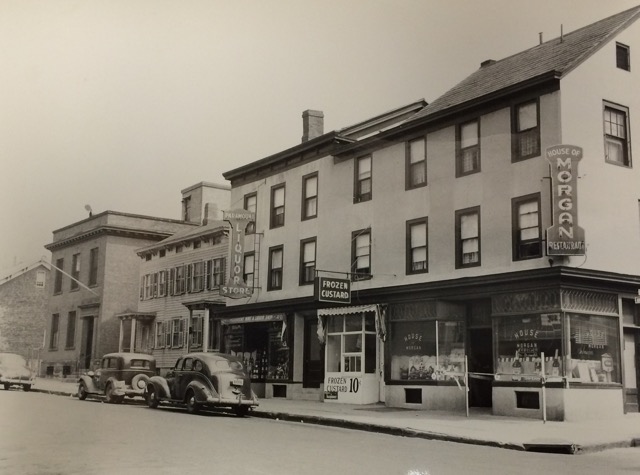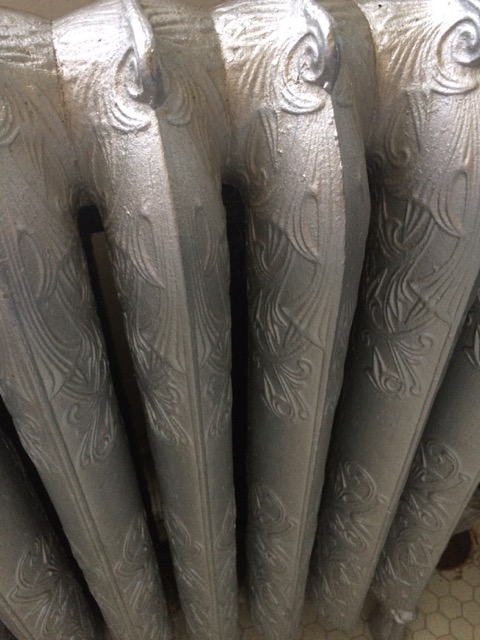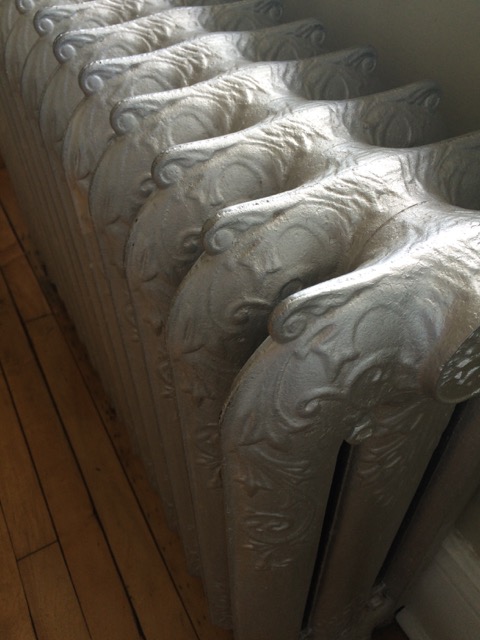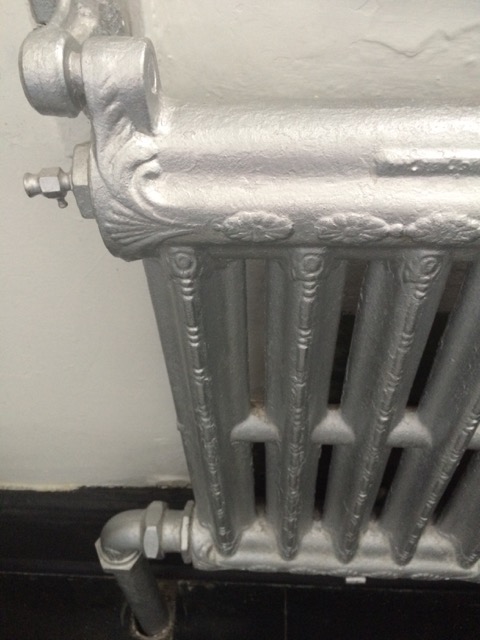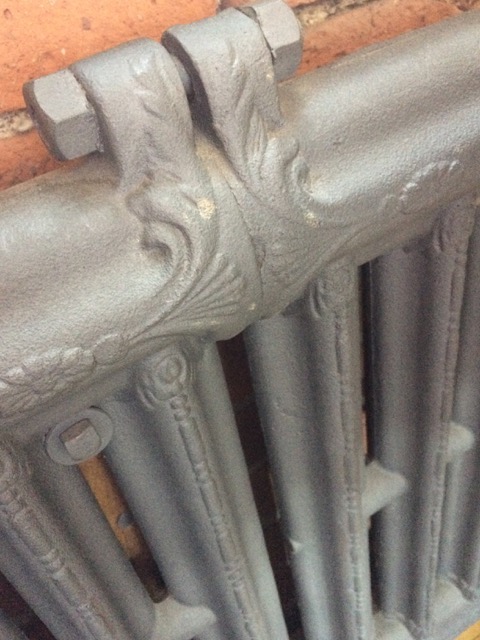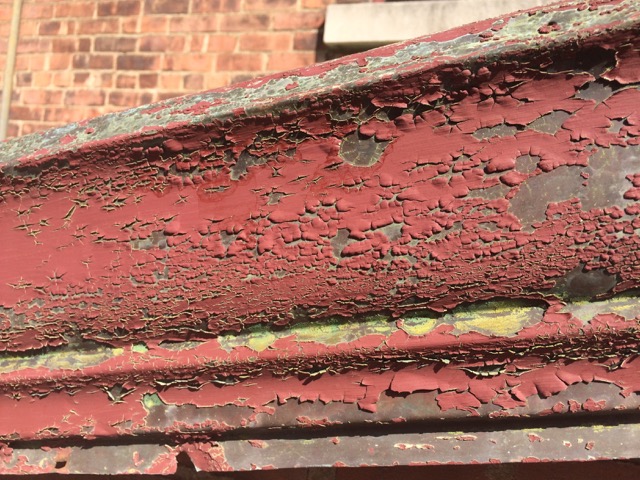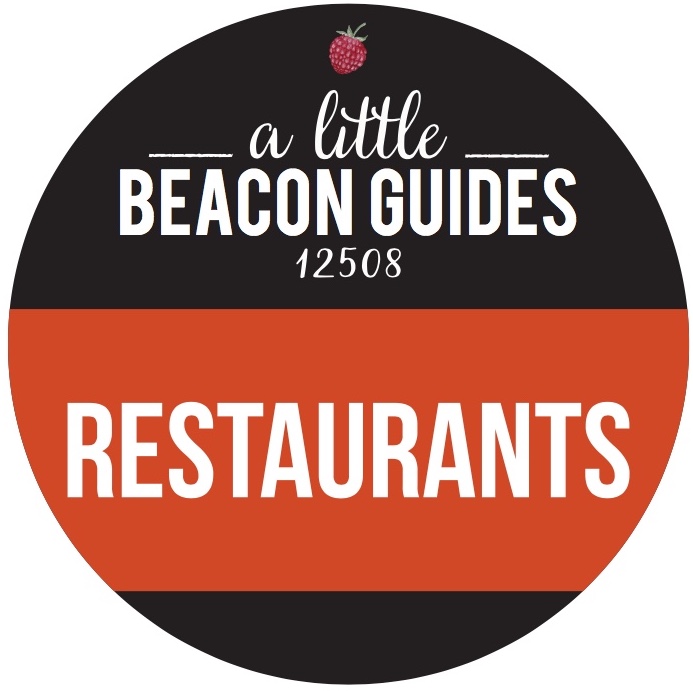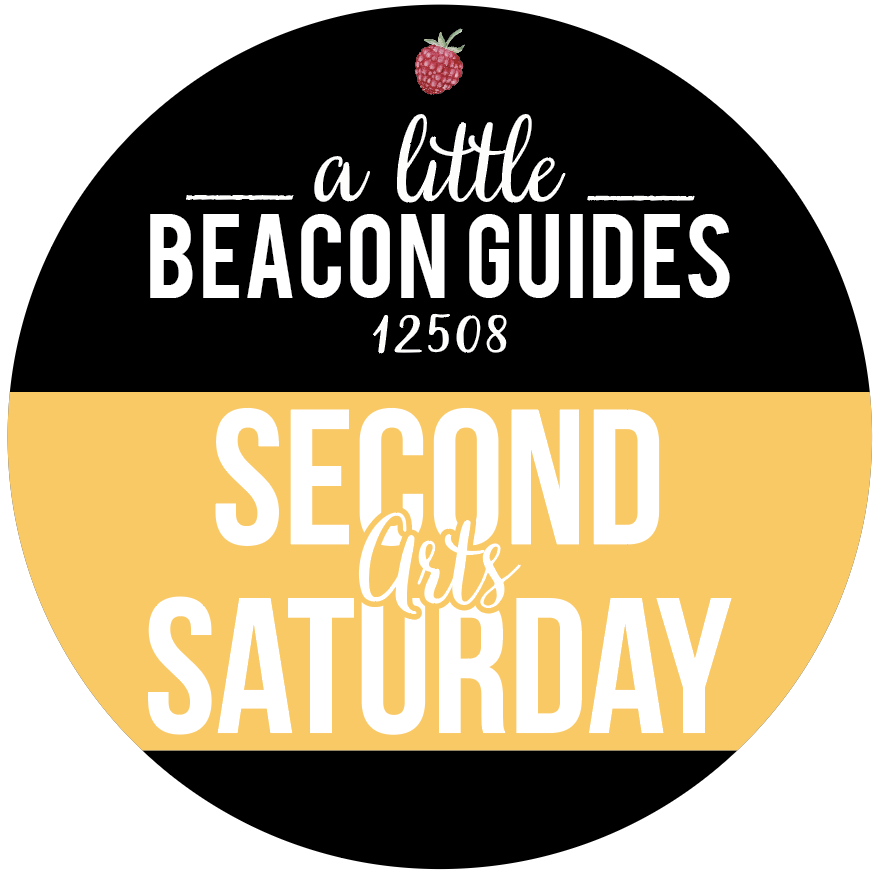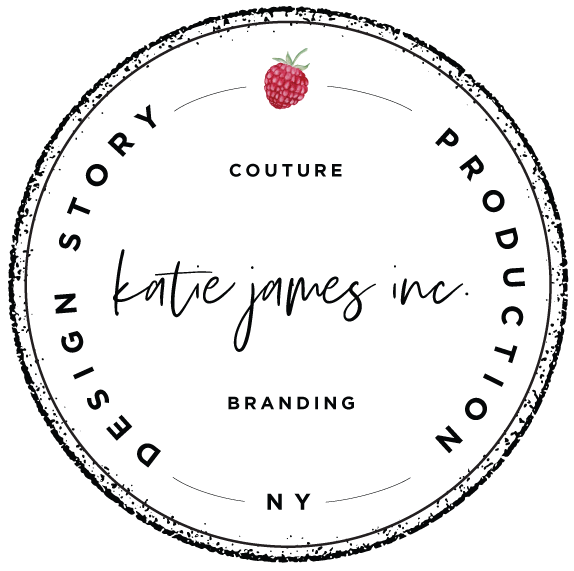Local Beacon Author Shops For You For Cocktail Cheer Kit Themed Gifts: Gifts Fit For "Cocktails Across America"
/For a cocktail-inspired Gift Guide, local Beacon author Diane Lapis, who is president of the Beacon Historical Society and co-author with Anne Peck-Davis of Cocktails Across America: A Postcard View of Cocktail Culture in the 1930s, 40s, and 50s has traveled Main Street to see which shops might have just the right cocktail enhancement for your home or that as a gift. The cocktail recipe book contains over 50 classic recipes (as well as several modern twists), fascinating historical vignettes and over 200 pieces of vintage ephemera. Pick up at Binnacle Books today - right now!
By Diane Lapis
Let’s lift our spirits and send some holiday cheer to friends and family! Shop local and send a creative cocktail-themed gift basket to your loved ones. Since celebrations can happen anywhere… set up a virtual happy hour with your cocktail-loving kin and enjoy drinks together!
Beacon is the perfect place to find fun and festive cocktail items. From glasses to garnishes, you can find the right combination of essentials and spirits that will meet every budget. Start at the west end of Main Street (by Route 9D) and pick up all the accoutrement that you need for your kit!
Contact the store for hours and curbside pickup where available.
Utensil, 143 Main Street
Find bar essentials at Utensil, a practical, and affordable kitchenware shop. Utensil has a wide selection of tools such as strainers, shakers, stirrers, citrus squeezers and peelers, ice cube molds, glassware, coasters, bar towels, Raft bitters and syrups, and mouthwatering Woodford Reserve Bourbon Cherries.
Artisan Wine Shop, 180 Main Street
Stock up on a marvelous selection of rare whiskeys and mezcals, as well as gins, rums, amaros, vermouths, tequilas, and bitters at Artisan Wine Shop, a wine and spirits store. Unique liqueurs and cocktail modifiers from near and far take the home bartender on myriad cocktail adventures. Jiggers, strainers, muddlers, flasks, and single malt and rocks glasses are available.
Homespun Foods – 232 Main Street
Homespun has a unique offering of amaro, sherry and mistelles in full bottles for some holiday cheer! When your feet need resting after the day of shopping, sip on a hot spiced cider with Palo Cortado sherry. Many of the selections are organic or biodynamic. Homespun’s back patio is open with a fire pit, but the indoors remains for take-out pickup and ordering only.
The Last Outpost - 314 Main Street
This mainly menswear, lifestyle, and outdoor store carries many options for the cocktail enthusiast. Grab yourself a shaker, a vintage cork screw, a flask, or a glassware set from the modern era. It’s all at the Outpost and it’s all ready for you to make the perfect drink.
Dennings Point Distillery – 10 North Chestnut Street
Dennings Point Distillery has something for every spirits enthusiast – from their aromatic, citrus-forward Great 9 Gin to their award-winning cask strength Beacon Bourbon, and Beacon Apple Brandy, distilled from 100% local apples.
Binnacle Books – 321 Main Street
Pick up a copy or two (one for yourself!) of Cocktails Across America: A Postcard View of Cocktail Culture in the 1930s, 40s, and 50s written by Beacon resident Diane Lapis and coauthor Anne Peck-Davis. Cocktails contains over 50 classic recipes (as well as several modern twists), fascinating historical vignettes and over 200 pieces of vintage ephemera. The reader will be transported to an era of unbridled indulgence and distinct glamour.
The book is also available at Amazon http://bit.ly/CocktailsAcrossAmerica
Beacon Bath and Bubble - 458 Main Street
Garnish your cocktails with CANDY!!! Beacon Bath & Bubble has an amazing selection of old fashioned and retro candy from to make your cocktails look and taste special. Add a sweet finish to your drink… pierce some gummy bears on a cocktail pick, drop a Blow-Pop in a martini, or place a peach gummy slice on the rim of a margarita. Colorful and fun for the holidays!
Raven Rose – 474 Main Street
Set the mood for your cocktail hour with colorful candles in seasonal scents alongside flowers or wreaths. Ask about the CBD Ginger Bitters.
Denise Gianna Designs - 480 Main Street
Denise Gianna Designs Interior Design and Shop makes staying cozy at home a luxury! In addition to their usual projects, they design bespoke home bars & lounge spaces for intimate cocktails & future gatherings. Denise Gianna has everything you need for the home bar: bar carts, tables, seating, bar accessories, glassware & linens.
Berte - 500 Main Street
Berte is a new shop in Beacon (in the former Loopy Mango space) and specializes in ambiance. Whether you're searching for ceramic coasters for your cocktail glass, a brass bottle opener to crack open that ginger beer, or some hand carved candlestick holders to set the mood, this shop has the perfect gifts for those who like to imbibe, but make it a bit extra.
After you wrap and send your cocktail cheer kit… sit back and relax with your own copy of Cocktails Across America… travel back in time with a cocktail in hand… cheers!




